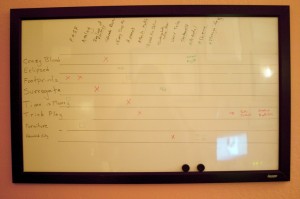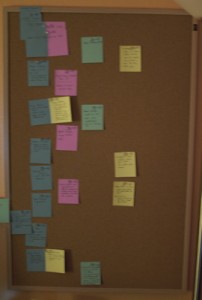Well, it’s official; I’ve paid my money and everything. I’m going to this year’s World Fantasy convention, and I’m not at all sure how to prepare. It’s the sort of event I should have been attending for years now, and being able to do stuff like this is a fortunate side-effect of living in North America.
On that subject, aren’t these things supposed to have wacky names that end in ‘con’?
So what is this convention? As far as I can tell, it’s an event where boatloads of writers and publishers and agents and other industry folk gather for three days of… stuff. Elbow-rubbing. Looking for deals. Writers trying to get published, publishers trying to find writers that don’t suck. Panel discussions and whatnot. A few key people who are paid to come and encourage the masses. Others who have come simply for the love of the genre.
If all that sounds pretty vague, it’s because I’ve never been part of one of these things before. It’s an important part of my chosen profession, however, and contacts I make at this thing could turn my career. Or not. Or maybe I’ll make an impression with someone that pays off years from now. You never know.
I do know it pays to be prepared. To have things to hand to publishers and agents that they will love, things that at a glance will tell them that they are just dying to read my novel. “Stop the presses!” they will shout into mobile phones, “we have to rearrange the 2010 catalog!”
Another opportunity I have is to impress people in person in ways that anonymous submissions never can. I can talk to important people and leave them thinking “That guy’s an intelligent, articulate guy with a refreshing vision of the fantasy novel.” This will simultaneously be the easiest and most difficult thing for me to do. Once I get into a conversation with the right people, I’m sure I’ll do well. (I’ve been lying awake at night devising my elevator pitch.) The thing is, I’m really, really bad at getting into those conversations in the first place. I’ve been to other industry conventions and utterly bombed at networking (even at the conference about networks).
So, anyone out there have any suggestions? Both for specifics that I should take with me and for the more general hob-bobbing? Any help will be greatly appreciated!








